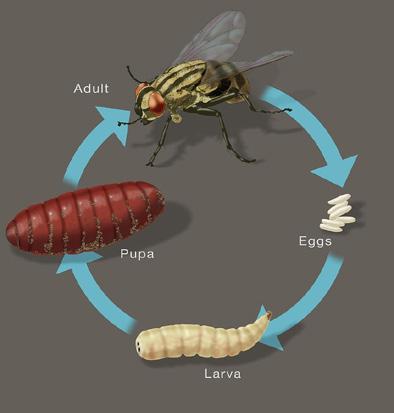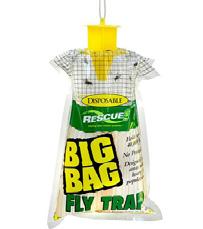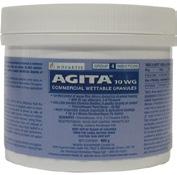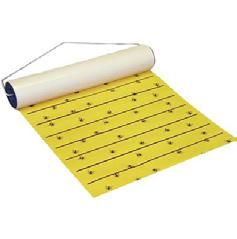

Insect Control in Swine Barns

Flies in swine barns can spread swine dysentery, PRRS (Porcine Reproductive and Respiratory Syndrome), and other diseases that impact herd health.

A single female housefly can lay 500+ eggs in manure or wet bedding, making sanitation and fly control crucial for swine operations.
Flies can travel up to 30 km (20 miles) in a single day, spreading bacteria wherever they land.
1
Prevention
Sanitation & Waste Management
Remove manure frequently – Flies breed in moist manure, so cleaning pens, pits, and storage areas is key.
Manage feed spills – Rotting feed attracts flies, so keep feed storage and feeding areas clean.
Eliminate standing water – Flies and beetles thrive in wet conditions, so fix leaks and improve drainage.

3 4
Monitoring & Identification
Physical & Mechanical Controls
Use fly traps & sticky tapes in key areas like entryways and feed storage.
Ensure liquid manure does not form a crust as this provides a surface for flies to breed on.

Treating When Thresholds are Met
Chemical Control (Residual & Non-Residual Insecticides)
Residual sprays (long-lasting) should be applied to walls, ceilings, and manure pits where flies rest. No livestock contact.
Non-residual sprays (quick knockdown) can be used for immediate fly control in high-pressure areas. Read label for insecticides that can be used on animal.

Monitor & Evaluate
Use fly sticky traps to track fly populations.
Adjust treatment methods if insect pressure increases.
Rotate insecticides to prevent chemical resistance from developing.

